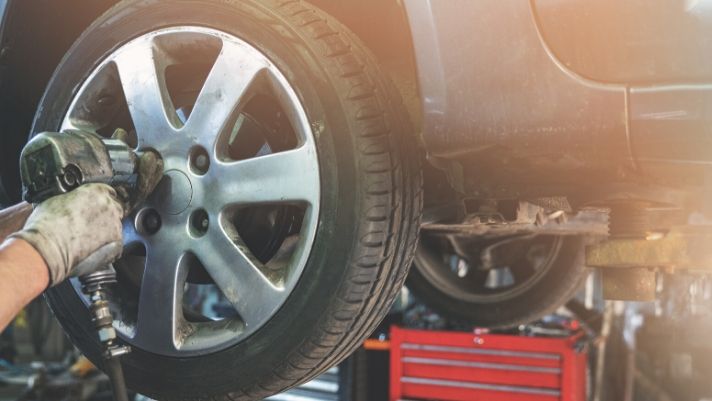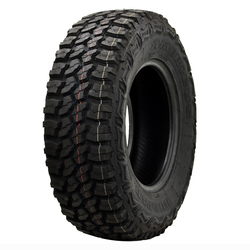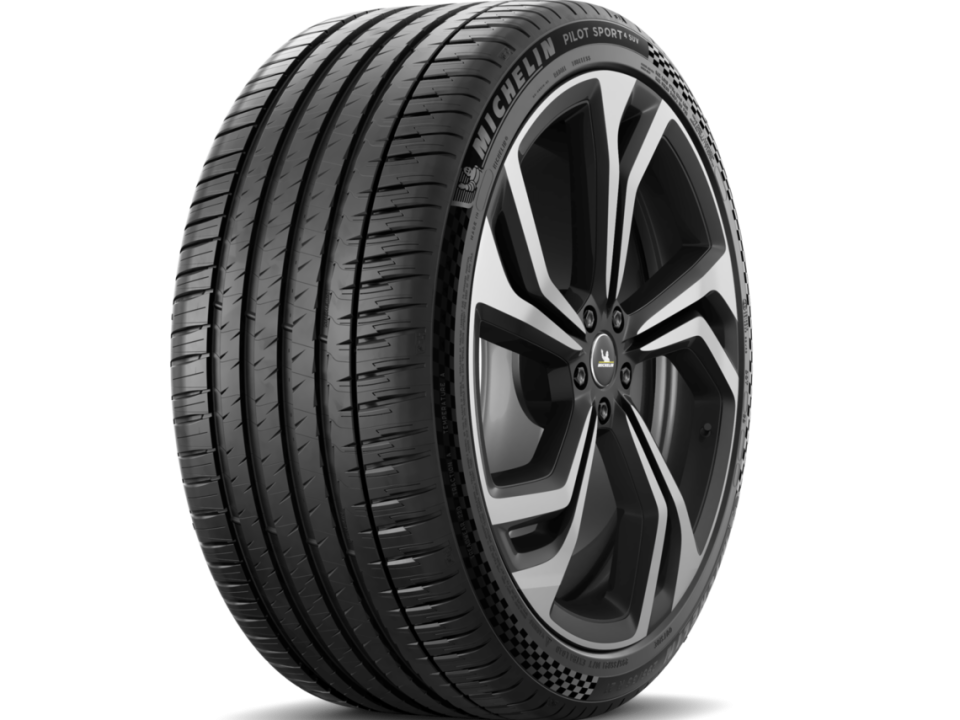
HOW CAR RIMS REALLY WORK AND WHY THEY MATTER
March 15, 2023When it comes to maintaining your vehicle’s tires and ensuring a smooth and safe ride, two terms often come into play: tire rotation and wheel alignment. While both are essential for extending the life of your tires and enhancing your vehicle’s performance, they serve distinct purposes. In this comprehensive guide, we’ll delve into the differences between tire rotation and wheel alignment, their importance, and when you should consider each service.
Tire Rotation: Maximizing Tread Life
Tire rotation is a routine maintenance procedure that involves moving your vehicle’s tires from one position to another. The primary goal of tire rotation is to promote even wear on all four tires. Here’s how it works:
1. Front to Rear, Rear to Front
In a typical tire rotation, the front tires are moved to the rear, and the rear tires are moved to the front. This cross-pattern rotation ensures that each tire takes its turn in different positions on the vehicle.
2. Promoting Even Wear
Tires tend to wear unevenly due to various factors, including front-wheel or rear-wheel drive, alignment issues, and driving habits. By rotating your tires, you help distribute this wear more evenly, extending the life of your tires.
3. Benefits of Tire Rotation
- Extended Tread Life: Rotating your tires can significantly prolong their lifespan, saving you money on premature replacements.
- Improved Handling: Evenly worn tires provide better traction and handling, especially in adverse road conditions.
- Enhanced Safety: Reducing uneven tire wear minimizes the risk of blowouts and other tire-related accidents.
Wheel Alignment: Precision in Positioning
Wheel alignment, on the other hand, focuses on the angles at which your wheels make contact with the road. Proper wheel alignment ensures that your vehicle’s wheels are perpendicular to the ground and parallel to each other. Here’s why it matters:
1. Three Key Angles
Wheel alignment addresses three primary angles:
- Camber: The angle at which the tire tilts inward or outward when viewed from the front of the vehicle.
- Toe: The angle at which the tires point inward or outward when viewed from above.
- Caster: The angle of the steering pivot when viewed from the side.
2. Precision Matters
Correcting these angles is crucial for several reasons:
- Tire Wear: Misaligned wheels can cause uneven tire wear, leading to premature replacement.
- Handling: Proper alignment improves vehicle stability and steering response, ensuring your car handles predictably.
- Fuel Efficiency: Misalignment can increase rolling resistance, reducing fuel efficiency.
- Safety: A well-aligned vehicle is less likely to pull to one side, improving overall safety.
Key Differences Between Tire Rotation and Wheel Alignment
Now that we’ve covered the basics of each service, let’s highlight the key differences between tire rotation and wheel alignment:
Purpose:
- Tire Rotation: Primarily focused on extending tire life and promoting even wear.
- Wheel Alignment: Focused on ensuring that the wheels are properly aligned for optimal vehicle handling and safety.
Frequency:
- Tire Rotation: Typically performed every 6,000 to 8,000 miles or as recommended by your vehicle’s manufacturer.
- Wheel Alignment: Generally done as needed or when you notice steering or handling issues.
Service Complexity:
- Tire Rotation: A relatively straightforward process that can be performed during regular maintenance.
- Wheel Alignment: Requires specialized equipment and expertise, typically done by professional technicians.
Cost:
- Tire Rotation: Typically an inexpensive service that prolongs tire life and maintains even wear.
- Wheel Alignment: Costs can vary depending on the severity of misalignment but is generally more expensive than tire rotation.
Effects on Tires:
- Tire Rotation: Helps extend tire lifespan and ensures even tread wear.
- Wheel Alignment: Ensures that tires wear evenly by correcting misalignment issues.
Safety:
- Tire Rotation: Improves safety by reducing the risk of tire-related accidents.
- Wheel Alignment: Enhances safety by ensuring proper steering response and vehicle stability.
When Should You Consider Each Service?
Knowing when to opt for tire rotation or wheel alignment is essential for maintaining your vehicle’s health and your safety on the road.
Tire Rotation:
- Consider tire rotation every 6,000 to 8,000 miles, or as recommended in your vehicle’s manual.
- If you notice uneven tire wear, it’s a sign that rotation is needed.
- After replacing one or more tires, it’s advisable to have them rotated to ensure even wear.
Wheel Alignment:
- If you experience symptoms of misalignment, such as steering pulling to one side, uneven tire wear, or a crooked steering wheel when driving straight, it’s time for a wheel alignment.
- After hitting a significant pothole or curb, which can throw off your vehicle’s alignment.
- Whenever you install new suspension components or steering parts, a wheel alignment is crucial to ensure everything is properly aligned.
Conclusion: A Balanced Approach
In the battle of tire rotation vs. wheel alignment, there’s no clear winner because both services play distinct yet equally important roles in maintaining your vehicle’s safety, performance, and longevity.
Tire rotation focuses on maximizing the lifespan of your tires and ensuring even wear, while wheel alignment fine-tunes the precision of your wheels for optimal handling and safety. A balanced approach, incorporating both services as needed, will keep your vehicle in top condition, save you money in the long run, and provide you with a safe and enjoyable driving experience.
So, the next time you visit the mechanic, consider both tire rotation and wheel alignment as essential components of your vehicle’s maintenance routine. Your tires, your wallet, and your safety will thank you.


